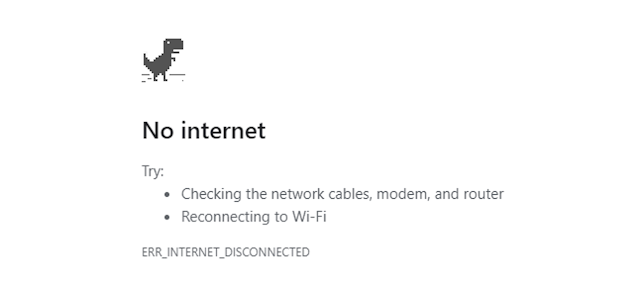Web Scraping in Python using Beautiful Soup
Web Scraping in Python using Beautiful Soup
Web scraping refers to the automatic process of extracting data from different websites. One of the best libraries in Python for this task is BeautifulSoup, which is used for crawling and extracting data from HTML and XML pages.
Step1: Installing:
pip install requests beautifulsoup4
(We have it installed already)
Step2: Importing:
Import the BeautifulSoup module in your script
Step 3: Using:
To scrape an HTML page with the BeautifulSoup library in Python and extract data from the HTML, we can either use an HTML file stored on our computer or fetch the HTML code of a webpage using the requests module in Python. We previously discussed the requests module in a separate post.
To use the BeautifulSoup library in Python, we can either work with a local HTML file or fetch the HTML of a webpage. we create a BeautifulSoup object (usually named soup), which allows us to use its methods to extract and scrape the data we need from the page.
Step4: Methods:
The BeautifulSoup library has many methods for web scraping, but we will only cover the most useful and important ones along with examples and small projects.
To find the desired tag and its attributes on an HTML page, you can use the "Inspect Element" tool in your browser. This way, you can easily locate the tag you need and use it in your code.
- soup.find("tag name",attribute: class="" or id="" or string="" and...)
Finding the first tag on the page based on its name and attribute.
- soup.find_all("tag name",attribute: class_="" or id="" or string="" and...)
Finding all the tags on the page based on their name and attribute.
- soup.text
Access to the text inside the tag
- soup.tag["attribute"]
Access to the attribute value of a tag













Comments
Post a Comment